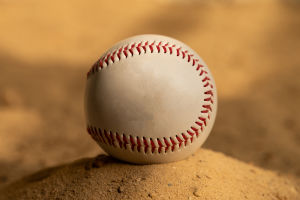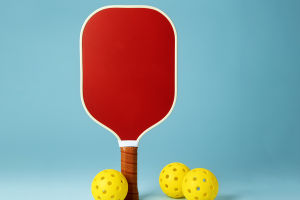Pickleball, a sport that uniquely combines elements of tennis, badminton, and table tennis, has seen a significant surge in popularity over recent years.
Its appeal stretches across various demographics, making it one of the most inclusive sports available today.
From children to senior citizens and casual players to serious athletes, pickleball's versatility ensures it offers something for everyone. Understanding the suitable audience for this sport requires examining the characteristics that make pickleball accessible and enjoyable for such a diverse group.
One of the primary reasons pickleball is suitable for a broad audience is its simplicity and ease of learning. The game's rules are straightforward, and the equipment—paddles, a perforated plastic ball, and a smaller court—is minimalistic and manageable.
This simplicity makes it an excellent choice for beginners, including children. Schools and youth organizations often incorporate pickleball into their physical education programs because it helps develop hand-eye coordination, agility, and strategic thinking without overwhelming young participants.
The game's slower pace and smaller court size compared to tennis make it less intimidating and more engaging for children.
Adults, particularly those seeking recreational activities that balance exercise with social interaction, form another key audience for pickleball. Many community centers and recreational facilities have adopted pickleball as a staple activity due to its social nature.
The game is typically played in doubles, fostering a collaborative environment that encourages teamwork and communication. This social aspect appeals to adults looking for a fun way to stay active while also engaging with friends or meeting new people.
Pickleball leagues and clubs often become vibrant social hubs, hosting events, tournaments, and social gatherings that strengthen community bonds.
For older adults and seniors, pickleball presents a perfect blend of physical activity and low-impact exercise. The game's moderate intensity level and the relatively small court reduce the risk of injury, making it a safer option compared to more strenuous sports.
Many retirees are drawn to pickleball because it helps maintain their physical health, improving cardiovascular fitness, balance, and flexibility. Additionally, the social component of the game helps combat the loneliness and isolation that some seniors may experience.
Pickleball's inclusivity is further highlighted by its adaptability to different skill levels and physical abilities, ensuring that seniors can participate and enjoy the game without feeling left out.
Athletes and fitness enthusiasts also find pickleball appealing due to its competitive edge and the physical benefits it offers. The game requires agility, quick reflexes, and strategic thinking, making it an excellent cardiovascular workout.
It can be played at a highly competitive level, with tournaments and championships attracting serious players who train rigorously to hone their skills. For these individuals, pickleball provides a platform to challenge themselves, compete against others, and achieve personal fitness goals.
Pickleball is gaining traction in urban areas where space is limited. The smaller court size makes it feasible to convert existing tennis courts or other sports facilities into pickleball courts.
This adaptability makes it an ideal sport for densely populated cities where recreational space is at a premium. Urban dwellers, who may have limited access to large sports fields or facilities, can easily engage in pickleball, making it a popular choice for city-based recreation programs.


